
Tech professionals worldwide are tracking AI technology trends 2025 to identify the next wave of AI-powered innovation. In fact, as of 2024 only 1% of enterprises have achieved full AI maturity, leaving tremendous room for growth. From generative AI breakthroughs to AI in cybersecurity, the current and emerging trends are shaping how enterprises leverage AI. This article explores the most important global AI trends for tech professionals – developers, engineers, CTOs, and tech strategists – and examines how each trend is enhanced by enterprise AI tools like PatSnap’s Eureka AI Agent platform. We’ll dive into generative AI, AI in cybersecurity, intelligent automation, responsible AI, AI in software development, edge AI, autonomous AI agents, and AI in R&D, with technical context and real-world applications for an experienced audience.
Unlock AI-powered innovation faster and smarter with PatSnap’s Eureka AI Agent platform.
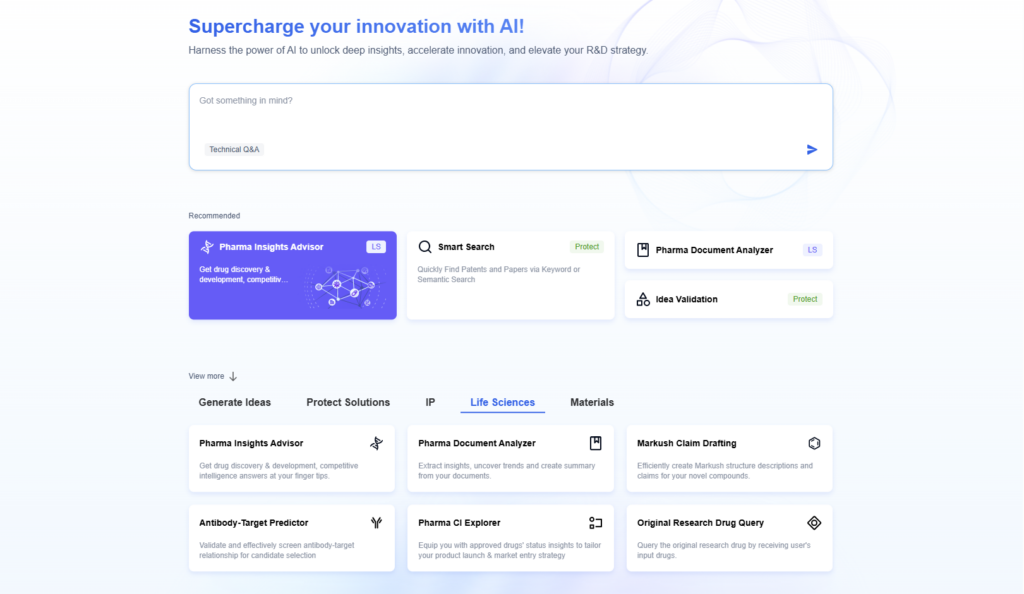
Generative AI Goes Mainstream in the Enterprise
Generative AI leads enterprise innovation in 2025, shifting from a novelty to a core business tool. Companies now use large language models to create text, code, images, videos, and synthetic data. This technology appeals due to its flexibility and user-friendly design. It simplifies content generation across multiple formats and platforms. After ChatGPT launched, it reached 100 million users in just two months. This rapid growth proved how quickly businesses embraced generative AI.
Enterprises are investing in foundation models to fuel creative and technical growth. They use generative tools for marketing content, simulations, and design mockups. Tech professionals now automate tasks like coding, documentation, and workflow optimization. R&D teams apply it to design concepts, prototype testing, and data expansion. Beyond content, generative AI also supports data analysis, code generation, and modeling. Its wide application makes it a key technology in every major industry.
AI in Cybersecurity and Threat Detection
AI now plays a frontline role in cybersecurity as digital threats grow smarter and more complex. In 2025, companies rely on AI to detect anomalies, stop fraud, and respond to threats instantly. Machine learning models scan network traffic, user behavior, and malware patterns far faster than human analysts. This results in real-time threat detection and faster reaction times for security teams.
For example, AI can flag unusual behavior that signals a data breach or financial fraud. Finance and banking firms now depend on AI to score risk and stop fraud early. These tools are no longer optional—they are essential for modern digital security operations.
However, attackers also use AI, creating deepfakes or realistic phishing messages to trick employees. This forces defenders to evolve faster and smarter. A rising focus area is “disinformation security,” which combats fake content generated by AI tools. Imagine an employee getting a fake email that looks like it’s from the CEO. AI-powered tools can analyze the message, trace its source, and block it.
Gartner expects half of all enterprises will fight AI-generated disinformation by 2028. That’s a huge jump from just 5% in 2024. These trends highlight how essential AI is in protecting businesses and maintaining digital trust in today’s landscape.
How Eureka AI Agent Aligns
The DFMEA Assistant from PatSnap’s Eureka AI Agent platform strengthens cybersecurity resilience by helping engineers and architects proactively assess risks in system design. Instead of waiting for vulnerabilities to surface, users can apply the DFMEA Assistant to identify potential failure modes in cybersecurity systems—such as authentication flaws, encryption breakdowns, or interface weaknesses. The AI quickly maps these risks to known causes, effects, and mitigation strategies drawn from global technical literature and patent databases.
Security teams can then prioritize issues based on severity, likelihood, and detectability—automatically calculated as Risk Priority Numbers (RPNs). This lets teams focus their resources on the most critical threats. By using verified sources and industry-proven risk models, Eureka ensures the analysis is both accurate and actionable. In short, the DFMEA Assistant transforms cybersecurity planning from reactive to proactive, offering tech professionals a structured, data-driven way to strengthen system reliability and prevent breaches before they happen.
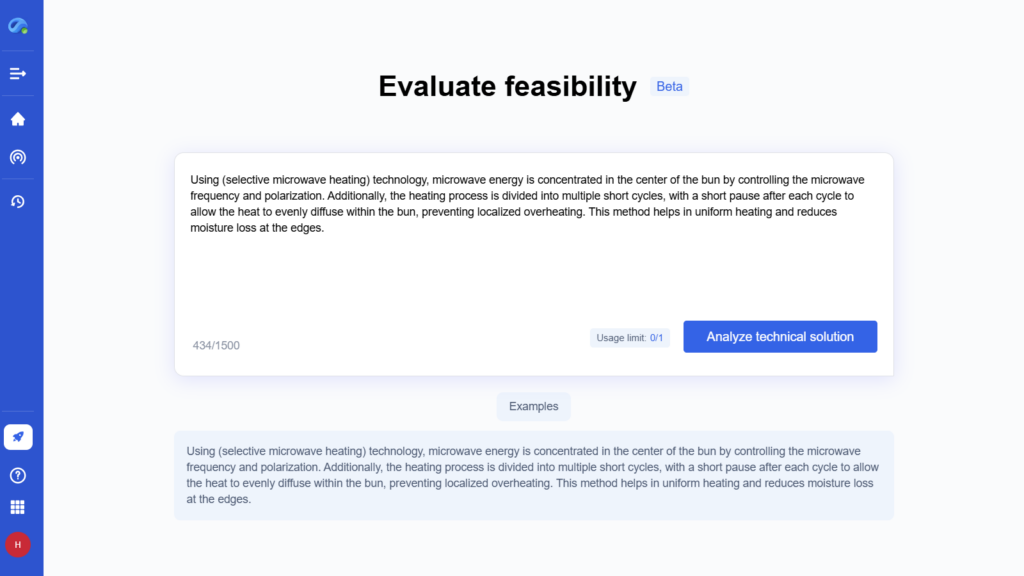
AI-Driven Automation and Intelligent Workflows
AI is transforming enterprise workflows by enabling smarter, faster automation across industries. In 2025, companies are moving past basic RPA tools. Instead, they adopt intelligent automation powered by AI for complex tasks. This includes real-time decision-making, predictive maintenance, and dynamic workflow execution without constant human input.
Generative AI expands automation possibilities significantly. Analysts estimate that 30% of organizations will automate 30% of operations using generative models. This covers areas like supply chain planning and AI-driven customer support. For instance, AI reschedules shipments based on weather or traffic data. In support centers, AI now handles routine customer queries from start to finish.
AI-driven automation replaces manual effort with fast, accurate responses. In manufacturing, AI monitors inventory and halts production lines if issues arise. It then diagnoses the fault and suggests fixes or orders replacements. In IT, AIOps platforms use AI to detect and resolve system outages. These systems auto-scale servers and restart services as needed.
The biggest shift is AI entering the decision loop. It no longer just recommends; it now acts. In finance, AI converts analytics into automated approvals or alerts. In aviation, AI reviews maintenance logs and schedules repairs instantly. Intelligent automation is reshaping industries by removing delays and boosting efficiency.
How Eureka AI Agent Aligns
PatSnap’s Eureka AI Agent brings automation to knowledge work, helping teams speed up research and innovation. Eureka automates tasks that once took hours or days, like scouting emerging technologies or compiling reports.
Instead of analysts manually gathering information, Eureka generates full reports automatically. For example, one automotive firm used it to analyze new EV charging technologies. The AI searched patent databases, filtered key terms, reviewed technical data, and created a structured report. What once took weeks now takes minutes.
This automation does more than pull data—it delivers insights with visuals and summaries. Eureka acts like a smart assistant that interprets findings. By embedding Eureka in workflows, teams eliminate repetitive research, due diligence, and prior art searches.
Eureka helps tech professionals save time and increase output. With the AI handling background work, engineers can focus on design, strategy, and decision-making. In fact, PatSnap users report cutting R&D cycles by over 70%. This leads to faster product launches and greater innovation at scale.
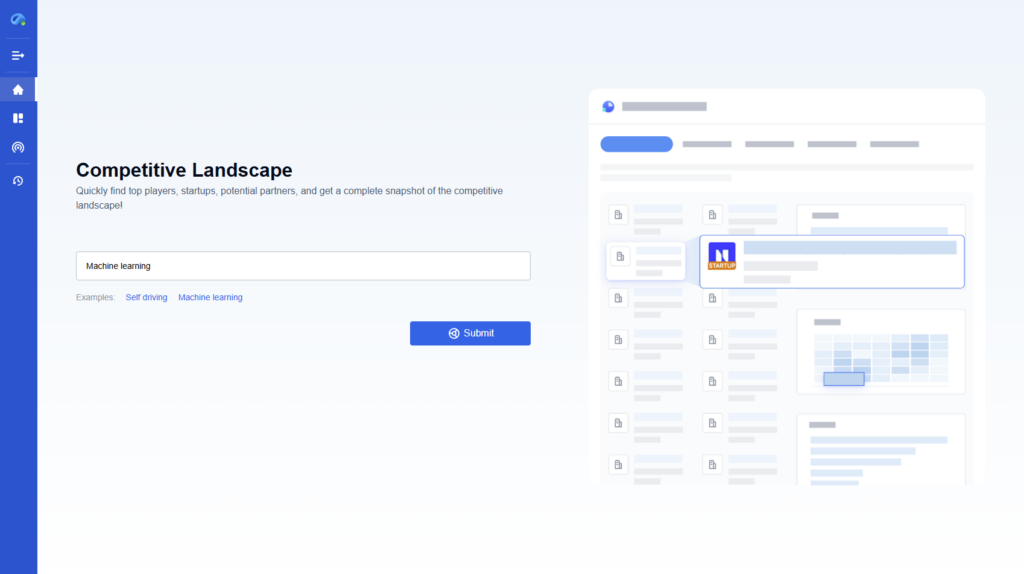
Responsible and Ethical AI (AI Governance and Trust)
As AI powers mission-critical applications, responsible AI is now a top priority. Organizations must ensure their AI systems are fair, transparent, and accountable. Biased algorithms, unexplainable decisions, and unchecked AI can lead to serious ethical and legal risks. From loan approval discrimination to faulty medical diagnoses, the stakes are high. In 2025, trustworthy AI isn’t just ethical—it’s a business necessity. Industries like healthcare, finance, and law now treat ethical AI as mandatory for adoption.
To meet this demand, companies are actively reducing bias, improving explainability, and complying with new regulations like the EU AI Act. AI governance platforms are rising in popularity, helping businesses monitor and control AI systems. These tools track model performance, detect bias, and document decisions for compliance. Gartner analysts highlight their role in making AI “reliable, transparent, fair, and accountable.”
For example, a bank using AI for loans might audit its model to prevent demographic bias. Gartner predicts that by 2028, firms using AI governance will earn higher trust and compliance scores. Responsible AI also relies on explainable AI (XAI), helping humans understand AI decisions, and strong data privacy to protect sensitive training data.
How Eureka AI Agent Aligns
The Eureka AI Agent platform is built with an enterprise audience in mind, which means responsible AI principles are integral to its design. For one, Eureka’s outputs are drawn from vetted data sources like patent databases, technical literature, and internal knowledge bases – this reduces the risk of the AI generating incorrect or harmful content, as it’s grounded in authoritative information. The platform emphasizes transparency: users can often trace the source of an insight (for example, linking back to the original patent or paper), which is crucial for trust. Tech professionals using Eureka can thus confidently rely on its answers, knowing there’s an evidence trail for each recommendation.
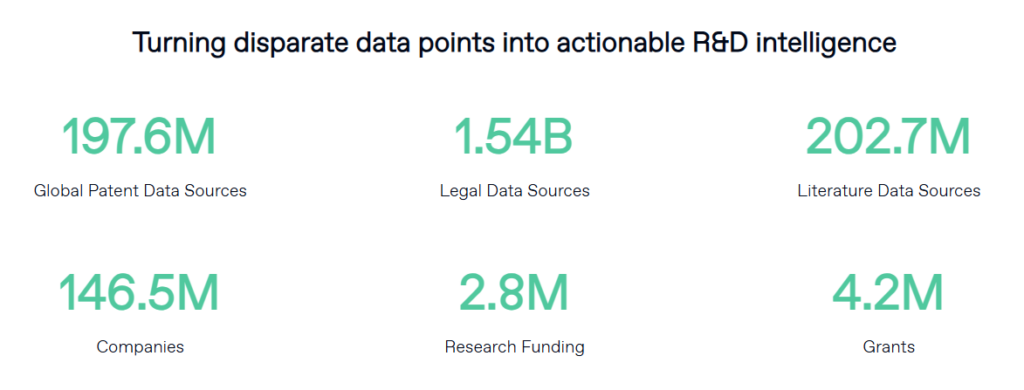
AI in Software Development and DevOps
AI is reshaping how developers write, test, and maintain code. In 2025, AI “co-pilots” are boosting productivity and improving code quality. A recent survey shows 78% of developers already use—or plan to use—AI tools soon. This rapid adoption stems from AI coding assistants like GitHub Copilot and ChatGPT. These tools suggest snippets, auto-complete functions, and even spot security flaws.
For developers, AI acts as a force multiplier. It handles repetitive tasks, converts plain English into code, and automates documentation. This frees engineers to focus on innovation rather than boilerplate work.
Key Ways AI is Transforming Development
1. Smarter Code Generation
AI analyzes billions of code lines to suggest functions and templates. Developers describe what they need in plain language, and AI drafts the initial code. This speeds up prototyping dramatically.
2. Faster, Smarter Testing
AI generates test cases based on logic and uncovers edge cases humans might miss. It also predicts which code sections are most likely to fail, optimizing QA efforts.
3. Stronger Security & Bug Detection
AI scans code for vulnerabilities like SQL injections and buffer overflows. Early detection helps teams fix issues before deployment, reducing technical debt.
4. Smarter DevOps & CI/CD
AI optimizes build pipelines and predicts deployment failures. For example, it flags risky microservice combinations before they cause crashes.
The Future of AI-Powered Development
Developers in 2025 aren’t just coding—they’re collaborating with AI. By automating grunt work, AI lets engineers focus on high-level design and innovation. Teams now use AI to modernize legacy apps, cut maintenance costs, and strengthen security.
The ROI is clear: faster development, fewer bugs, and better software. As AI evolves, developers who embrace it will lead the next wave of tech innovation.
Eureka AI Agent gives developers something coding assistants can’t – deep technical knowledge and strategic guidance. While AI copilots write code, Eureka provides the research and context behind great software solutions.
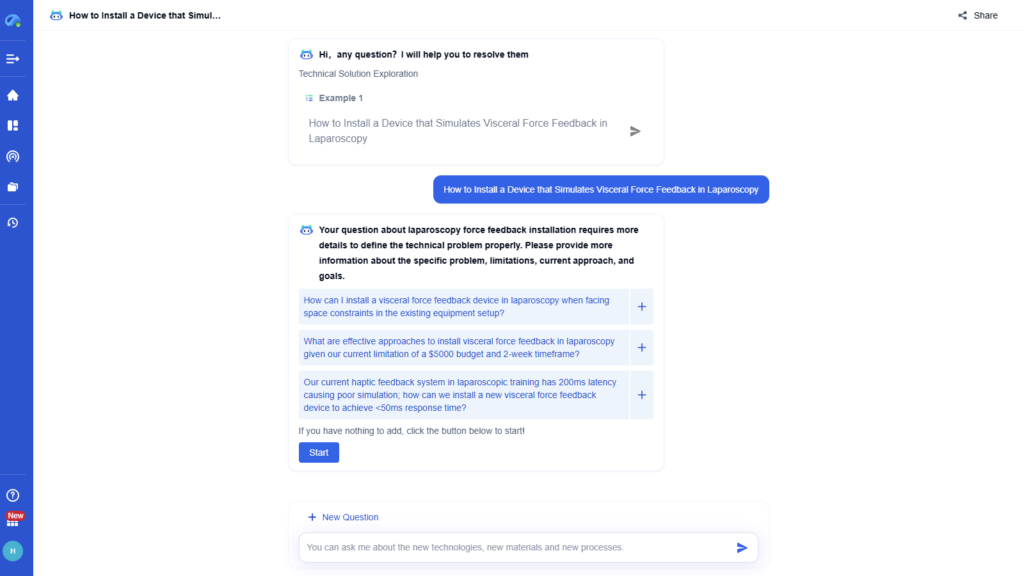
Your On-Demand Technical Research Lab
Need to solve a complex technical challenge? Eureka delivers instant answers. Ask: “Show me the best algorithms for real-time image recognition on low-power devices” and get:
- Curated insights from patents and whitepapers
- Proven solutions from technical literature
- Evidence-based recommendations (not just forum opinions)
Smarter Project Planning & Risk Management
Eureka’s specialized agents help teams:
- Ensure compliance (HIPAA, GDPR, etc.) from day one
- Analyze past incidents to prevent future failures
- Evaluate technical feasibility before committing resources
Seamless Workflow Integration
Eureka connects via:
- APIs
- Team collaboration tools
- Existing development environments
This turns every engineer into an innovation powerhouse, cutting research time by 80% and reducing costly trial-and-error.
Why Eureka Matters in 2025
As AI reshapes development, Eureka bridges the critical gap between:
✔ Writing code
✔ Making smart engineering decisions
It’s not just about coding faster – it’s about building better solutions with confidence.
Edge AI and On-Device Intelligence
The future of AI isn’t just in massive cloud data centers – it’s in the devices all around us. Edge AI brings powerful machine learning capabilities directly to smartphones, IoT devices, sensors, and embedded systems. This shift matters because some applications simply can’t wait for data to travel to the cloud and back.
Consider autonomous vehicles that must make split-second decisions, industrial sensors detecting critical hazards, or AR/VR headsets requiring instant response to prevent motion sickness. These applications demand the low latency, reliability, and privacy that only local processing can provide.
The technology behind Edge AI focuses on efficiency. TinyML and micro LLMs (compact versions of large language models) deliver impressive capabilities while running on limited hardware. Companies like Apple and Qualcomm now embed these optimized models directly into devices, enabling features like offline voice recognition and real-time translation without constant internet connections.
Privacy benefits make Edge AI particularly compelling. By processing sensitive data like security footage or health metrics locally, devices minimize what needs to be sent to the cloud. This approach not only protects user data but also reduces bandwidth costs and enables functionality in remote areas with poor connectivity.
Industry analysts note that combining micro-LLMs with edge computing creates a powerful paradigm for immediate, localized decision-making. While cloud AI still plays a crucial role, Edge AI handles the scenarios where proximity and speed matter most. Together, they’re creating a more versatile and responsive AI ecosystem that works everywhere – from smart cities to rural outposts.
The rise of Edge AI represents more than just a technical shift. It’s changing how we think about deploying intelligent systems, putting capabilities where they’re needed most while respecting the practical constraints of power, connectivity, and privacy. As this technology matures, we’ll see even more innovative applications that blend the best of both edge and cloud approaches.
How Eureka AI Empowers Edge AI Development
Edge AI is growing fast, creating both opportunities and challenges for engineers in IoT, embedded systems, and smart hardware. Eureka AI Agent acts as a powerful research assistant, guiding developers through AI models, hardware limits, and deployment needs.
For hardware engineers building next-gen devices, Eureka accelerates results. Need an efficient neural network for sensors? Want chip designs that boost AI speed? Eureka finds the answers fast, pulling key insights from patents, papers, and technical benchmarks. This tool simplifies complex, cross-domain questions that arise in Edge AI. It supports engineers juggling hardware constraints with machine learning performance.
Eureka also helps teams deploying Edge AI in factories, vehicles, or cities. Ask it about model management frameworks, edge-to-cloud security, or real-world case studies. These insights help organizations avoid missteps and launch faster. Eureka guides strategic planning with research grounded in technical depth.
Although cloud-based, Eureka powers edge development. It helps users find open-source models, compare hardware performance, and optimize deployment pipelines. This speed matters. In Edge AI, fast research fuels faster time-to-market and better decisions. Eureka cuts through noise, so engineers can focus on what matters—building edge solutions that work reliably at scale. As Edge AI reshapes industries, Eureka gives tech teams the knowledge edge to lead the transformation with confidence.

Autonomous AI Agents and Decision-Making Systems
A major AI trend in 2025 is the rise of autonomous AI agents that make decisions and complete tasks independently. Powered by generative AI and reinforcement learning, these systems move beyond narrow functions to become adaptive and context-aware. Gartner predicts that by 2028, autonomous agents will handle at least 15% of daily work decisions—up from nearly zero today. This shift marks a transformation in the workplace, where AI evolves from being a tool to becoming a collaborative teammate.
These agents can take on complex goals like scheduling meetings, prioritizing tasks, or managing emails. Advanced platforms like AutoGPT show how agents can chain tasks, use APIs, adjust plans, and complete workflows without human intervention. They combine memory, planning, environment sensing, and rule-following to carry out intricate operations. For example, an autonomous agent might manage inventory, adjust pricing based on market data, or handle customer support—alerting a human only when exceptions arise. This autonomy significantly increases productivity and scalability.
For tech professionals, autonomous AI agents present both opportunities and challenges. On one hand, they promise to automate full workflows, such as IT support or marketing campaigns. On the other hand, they require strong safeguards, testing, and well-defined objectives to ensure safe and predictable behavior. Early use cases are encouraging—some chatbots already resolve customer issues by accessing databases and issuing refunds. In DevOps, agents not only detect incidents but also fix problems automatically. As these systems mature, they will reshape how humans and AI collaborate across industries.
How Eureka AI Agent Aligns
PatSnap’s Eureka AI Agent platform is a prime example of the autonomous agent trend in enterprise knowledge work. It features nearly 20 specialized AI agents, each an expert in its domain. For example, one agent handles novelty searches, scanning patents to check if an invention is new. Another focuses on material science insights, while a third specializes in pharmaceutical research. Each agent can take a user’s goal—such as finding the top 5 materials with specific properties—and autonomously perform multi-step reasoning and searching to deliver an answer. This is the essence of agentic AI: Eureka’s agents plan queries, search databases, analyze results, and provide concise outcomes—all in seconds, without manual direction.
By deploying autonomous agents, Eureka lets tech professionals delegate complex research tasks as though working with a proactive colleague. A product engineer can ask the Alloy Researcher agent to find metal compositions with specific characteristics. The agent retrieves data, highlights the best candidates, and identifies their sources. A business strategist can use the Competitive Intelligence agent to monitor competitors’ patent filings or news. The agent alerts the user when significant developments happen, automatically tracking competitors and capturing market opportunities.
What makes Eureka’s approach powerful is its combination of autonomy and specialization. Each agent is a seasoned expert with domain-specific knowledge. This specialization ensures high accuracy and relevance in results. Eureka agents follow enterprise guidelines and safety, ensuring no rogue actions. Eureka AI agents provide a controlled, enterprise-friendly application of autonomous AI. They act as expert teammates in R&D and innovation, amplifying team capabilities. Instead of hiring an army of analysts, tech leaders can use AI agents that work 24/7 at digital speeds. It’s a clear strategic advantage and a real-world example of autonomous AI in daily workflows.
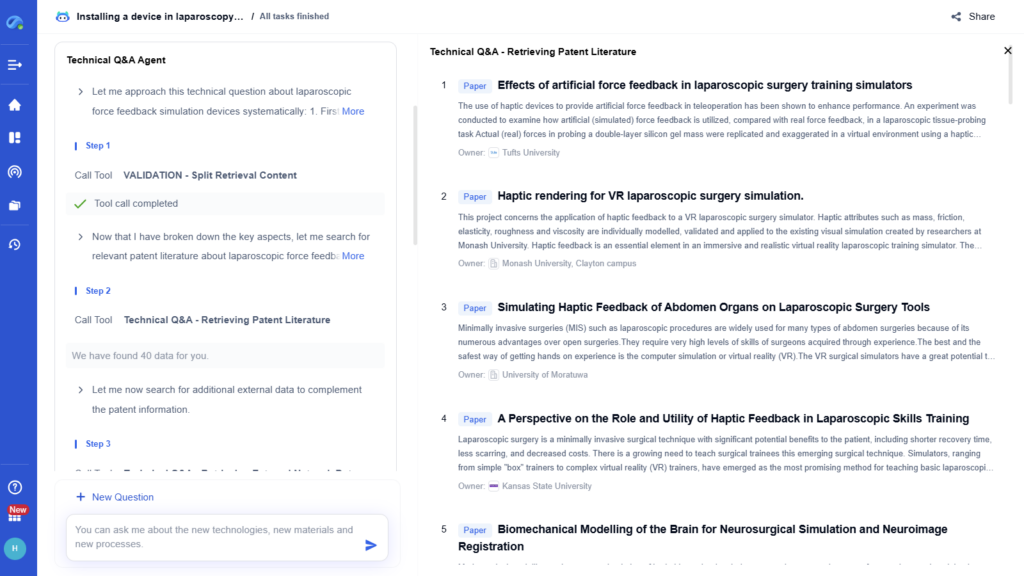
AI in R&D: Accelerating Innovation in Engineering and Science
AI tools now play a key role in research labs and innovation hubs, helping engineers and scientists achieve faster breakthroughs. The convergence of generative AI, automation, and autonomous agents is transforming how organizations conduct R&D in 2025.
AI accelerates innovation by helping companies discover new drugs, develop materials, and design advanced technologies. Machine learning models analyze large scientific datasets much faster than traditional methods. In pharmaceuticals, AI scans millions of molecules to find new drug candidates in a fraction of the time human chemists require. In materials science, AI predicts material properties or proposes formulations using generative design.
This capability significantly shortens the experimentation phase. One landmark example is DeepMind’s AlphaFold, which solved the long-standing protein folding problem and revolutionized biology. Likewise, automotive and aerospace companies use AI simulations to optimize designs for aerodynamics and fuel efficiency without building physical prototypes.
AI also connects insights across disciplines. It reviews patents, research papers, and market data to uncover synergies and gaps that human researchers might miss. By handling data crunching, pattern recognition, and even creative ideation, AI frees researchers to focus on strategic decisions and hands-on experimentation.
In 2025, AI-driven R&D is no longer optional. It gives organizations a clear edge in speed, accuracy, and innovation, making it a cornerstone of competitive product development.
How Eureka AI Agent Aligns
PatSnap’s Eureka AI Agent platform helps R&D teams accelerate innovation at every stage—from ideation to testing and validation. Companies using Eureka report cutting R&D cycles by over 70%, thanks to its AI-driven automation.
Eureka quickly scans global patent databases, journals, and trials to deliver relevant insights in seconds. For example, engineers exploring new battery tech receive a full overview—patents, academic findings, and key innovators—all in one query.
Its nearly 20 specialized agents cover fields like biotech, materials, and electronics, supporting interdisciplinary projects. You might use a biomedical Q&A agent alongside a materials performance agent to design a new medical device.
Eureka also drives creative problem-solving. Teams can ask, “How have others solved this issue?” and Eureka surfaces cross-industry solutions. One aerospace engineer praised it for delivering high-quality application cases and boosting project progress.
The platform also creates feasibility and prior art reports automatically. For instance, a carmaker used Eureka to evaluate next-gen EV charging technologies and plan its roadmap.
With fast access to verified data, Eureka helps teams avoid dead ends and focus on what works. It acts like an expert teammate—always informed, always ready to contribute. For tech leaders, it means faster time-to-market and smarter innovation.
Conclusion: Navigating the AI Landscape in 2025
AI in 2025 is more powerful, accessible, and integrated across every enterprise function. Tech professionals must track key trends like generative AI, autonomous agents, edge computing, and responsible AI practices. These technologies deliver value by boosting efficiency, automating workflows, and improving decisions across R&D, security, and operations.
AI trends increasingly converge. For example, micro LLMs run on edge devices, guided by ethical policies and autonomous management. This multi-layered integration defines next-gen enterprise AI—fast, accountable, and intelligent.
Platforms like PatSnap’s Eureka AI Agent bring these capabilities together. Eureka supports generative tasks, automates research, drives faster R&D, and aligns with ethical AI standards. For developers and CTOs, the priority is clear. Adopt these trends smartly. Use tools like Eureka to gain speed, insight, and competitive advantage. AI success also demands careful implementation. Maintain human oversight, apply governance, and invest in team training to maximize impact.
In summary, AI in 2025 combines multiple innovations into one powerful ecosystem. Those who act early and wisely will lead the next era of enterprise innovation.
To get detailed scientific explanations of AI Trends, try Patsnap Eureka.

